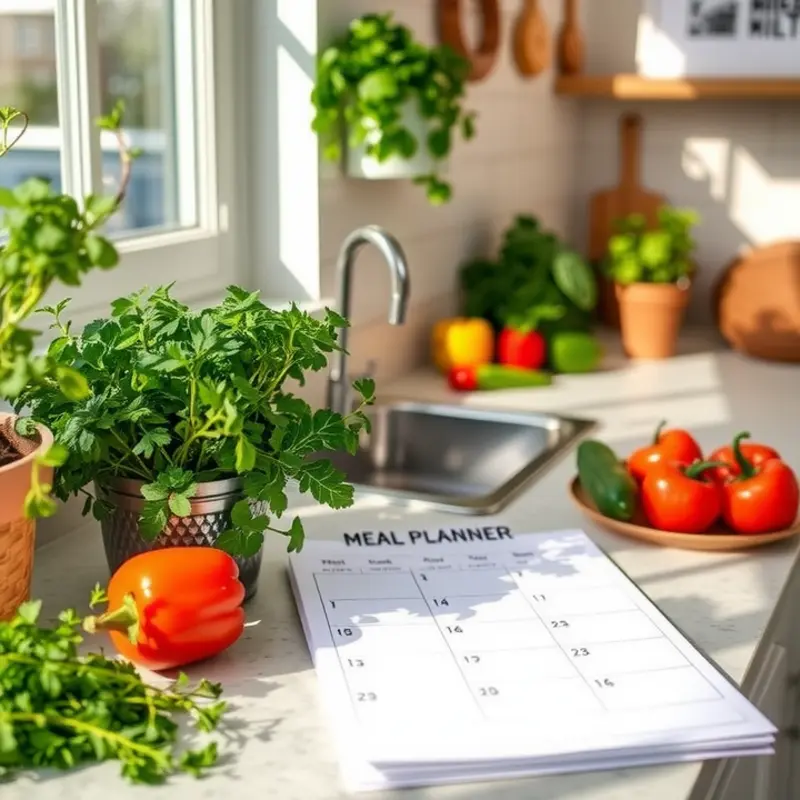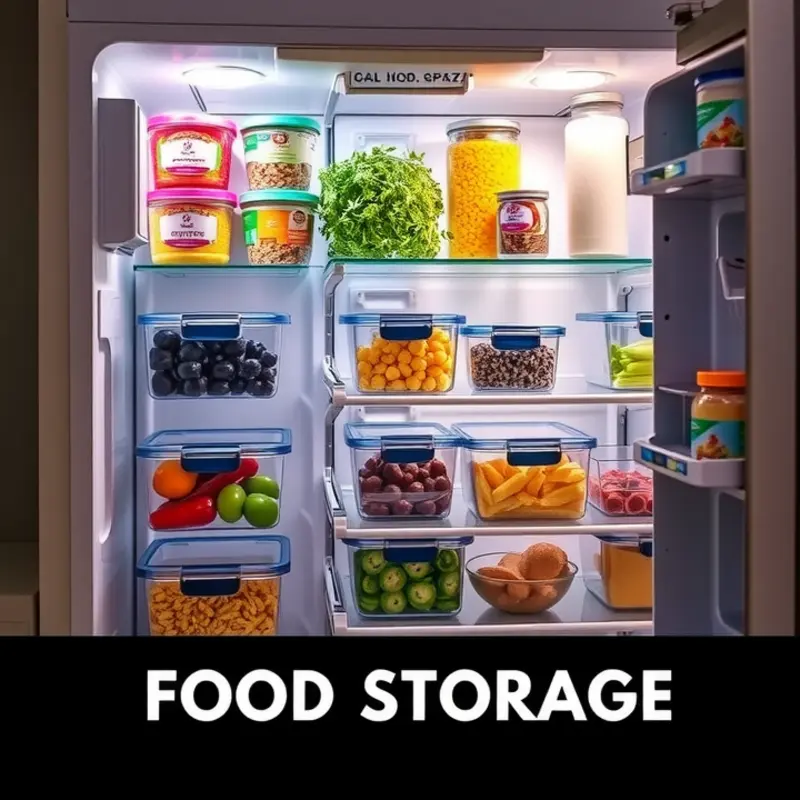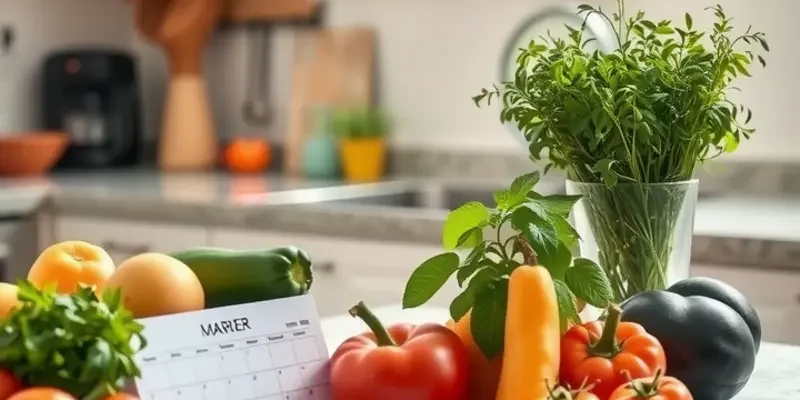Cooking can sometimes produce more waste than we anticipate, with leftovers piling up and fresh food spoiling. By planning meals and managing food storage, we can significantly reduce waste while enhancing our culinary experience. This guide provides practical tips for smarter cooking, emphasizing how thoughtful meal preparation and proper food storage can help you make the most of your ingredients.
Embrace Meal Planning for Less Waste

Meal planning is a cornerstone strategy for minimizing food waste. It involves not just deciding what’s for dinner but intelligently organizing your entire week’s meals, aligning your grocery shopping with actual cooking plans. Start each week with a thorough inventory check to understand what ingredients you already have. Base your meal plan on these items to ensure they’re used before they spoil, reducing unnecessary food waste.
A well-structured meal plan helps curb impulse purchases significantly. When you know precisely what you need, you can avoid buying those enticing, yet ultimately unneeded, extras. Meal planning encourages you to utilize groceries to their full potential, maximizing both resource use and cost efficiency.
Opt for versatile ingredients capable of starring in multiple dishes. Chicken breast is an excellent example; it can be grilled, used in a stir-fry, or tossed into a salad. Such ingredients offer flexibility, allowing you to cook a variety of meals without needing a vast inventory of perishable items.
To streamline the planning process, consider using a meal planner template or app. These tools can help you keep track of meals seamlessly and provide a visual overview of the week ahead. This digital convenience ensures you stay committed to your plans, reducing the likelihood of straying.
Take note of ingredients nearing expiration. Planning meals around perishables helps avoid their premature disposal, letting you use every item efficiently. This proactive approach conserves food and safeguards your finances.
Often, meal planning introduces you to ingredient batching, which can further amplify efficiency. You might prepare rice or pasta in bulk to use across multiple meals, saving time and energy during busy weeknights. For those seeking minimal prep dinner ideas that embrace this concept, you can explore practical ingredient batching.
Remember, meal planning is not about restricting yourself but wisely navigating your culinary landscape. You’ll enjoy a variety of foods, minimize waste, and contribute positively to both your household’s well-being and the environment. This strategy is not just practical—it’s empowering, transforming the way you interact with food daily.
Store Food Safely to Extend Freshness

Extending the freshness of your food is not only a savvy way to reduce waste, but it also maximizes your grocery budget effectively. Implementing proper storage techniques to elongate the life of your food items begins with investing in the right tools. Quality storage containers that are airtight can be a game-changer, as they keep air and moisture out, two main culprits of food spoilage. Containers that are safe for freezer use can additionally allow for bulk purchases of perishable items, knowing you can store them safely for a longer duration.
Labeling containers with dates as soon as you store food can dramatically ease meal planning and reduce the risk of items staying forgotten at the back of the fridge or freezer. Tracking freshness eliminates waste and enhances safety. It’s a small step but remarkably effective, ensuring you consume foods while they are still fresh and nutritious.
It’s equally important to understand where each type of produce should be stored. For instance, some fruits and vegetables thrive when left on the counter, while others extend their life when refrigerated. Apples benefit from being stored in a cool, dark place, prolonging their crispness without refrigeration. On the other hand, berries are best kept in the fridge, where the lower temperature slows down spoilage, keeping them juicy and delicious longer. These simple insights are pivotal for retaining the natural flavors and nutrients of produce.
Moreover, when dealing with leftovers or surplus ingredients, your freezer can become your best ally. Single-portion freezing of cooked meals is a strategic move that reduces food wastage and saves time. These pre-divided meals act like homemade TV dinners, perfect for nights when cooking feels like a chore. For instance, pasta sauce or cooked grains can be frozen individually, so you can easily reheat portions as needed.
Additionally, be mindful of the role temperature plays in food storage. Fluctuating temperatures can shorten the lifespan of your food. Refrigerators should be kept at or below 40°F (4°C), and freezers at 0°F (-18°C) or lower to ensure optimal preservation.
Explore eco-friendly storage tips to see how sustainable practices can complement safe food storage efforts. Integrating sustainable, smart practices ensures you not only reduce waste but also support a greener kitchen. For advice on eco-smart kitchen storage, refer to this guide.
Implementing these strategies into your routine may require initial effort, but the payoff is substantial—your food remains fresh longer and there’s less to throw away at the end of the week. This not only conserves resources but also enhances the overall quality of life, letting you enjoy each meal with the confidence that nothing was wasted unnecessarily.
Final words
By incorporating meal planning and safe food storage practices into your cooking routine, you not only minimize waste but also enhance the overall enjoyment of preparing and eating your meals. Recognizing the importance of thoughtful ingredient management ensures that you make the most of what you buy, saving money and contributing to sustainability. Small changes in your cooking approach can lead to significant decreases in food waste, encouraging a healthier lifestyle both at home and for the planet. Start today to create delicious meals while effectively managing your food resources.







